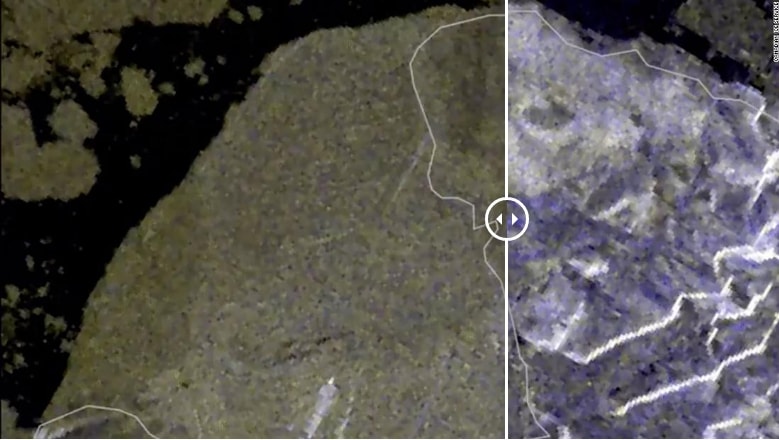
Credit: Canadian Ice service
The size of Canada’s last fully intact ice shelf was reduced by 43% over July 30 and 31 when the Milne Ice Shelf on Ellesmere Island in the northern territory of Nunavut collapsed into the ocean.This large sheet of ice then drifted into the Arctic Sea, further breaking into two large chunks. This entire calving event — the scientific term for the breaking of ice chunks off glaciers — was captured by the Copernicus Sentinel satellite.
The piece that broke off was around 80 square kilometers — larger than the 60-square-kilometer Manhattan.”Above-normal air temperatures, offshore winds and open water in front of the ice shelf are all part of the recipe for ice shelf break up,” according to the Canadian Ice Service.
“Due to the presence of pre-existing fractures in the remaining Milne Ice Shelf, there is a potential for further destabilization,” the Water and Ice Research Laboratory (WIRL) said in a










